An airplane pilot sits behind a panel of instruments that help get the plane safely to its destination. Migrating birds, it seems, use some of the same tools.
Birds, of course, don’t have mechanical instruments, just their brains and senses. These amazing creatures find their way to far-off destinations using a variety of cues.
By observing the positions of the sun and the stars, in conjunction with an internal sense of time, migrating birds are able to determine their position on the surface of the earth. If it is overcast, they can still detect polarized light from the sun. The ears of songbirds can hear far lower frequency sounds, those that travel hundreds of miles, than the ears of humans.
This may enable a bird to plot its course by hearing the sounds of seashores and distant mountain ranges. Doves actually have metal in their brains that enable them to navigate by sensing differences in the earth’s magnetic field. As birds approach their destinations, they may be able to recognize landmarks or even smells.
Miraculously, through use of these many cues, the swallow wintering in Brazil can travel 5,000 miles each spring and return precisely to your backyard!
The Great Missouri Birding Trail
The Great Missouri Birding Trail is a partnership between the Missouri Bird Conservation Foundation and Missouri Department of Conservation. The trail was created to help birders find the “best of the best” places to bird in the state.
- The Trail is divided into six regions: Kansas City, St. Louis, Central, Southwest, Southeast and Northeast.
- Kansas City and St. Louis also have designated metro birding trails within their city limits. These include sites accessible by public transit.
- All stops on the Great Missouri Birding Trail are free to access, and most are on public land.
- On the Trail’s website, users can find birding locations, links to area websites, driving directions, and eBird lists.
- Sites on the Great Missouri Birding Trail feature the best of Missouri’s natural communities including forest, wetland, and grassland.
Learn more about the Great Missouri Birding Trail.
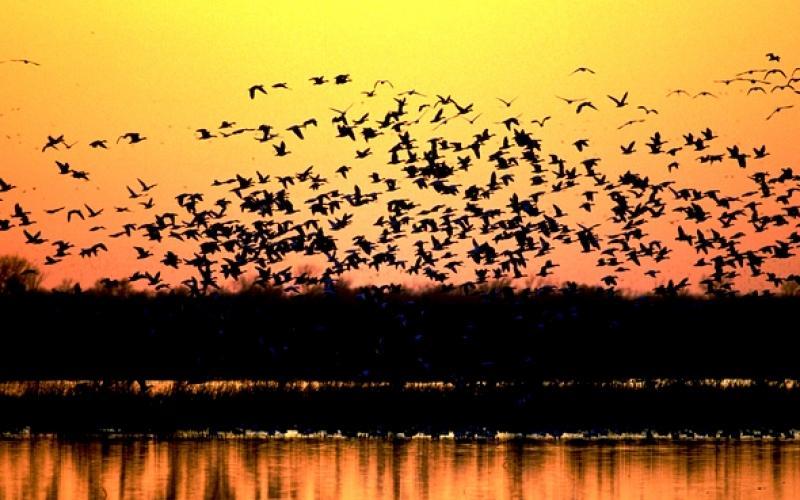
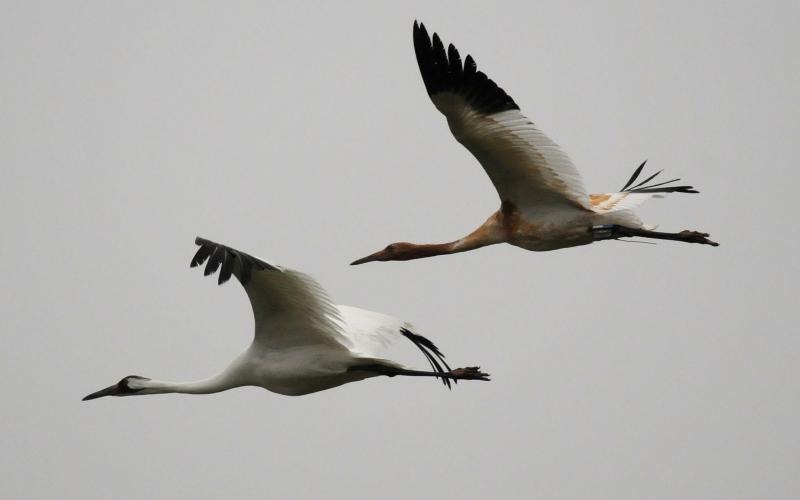
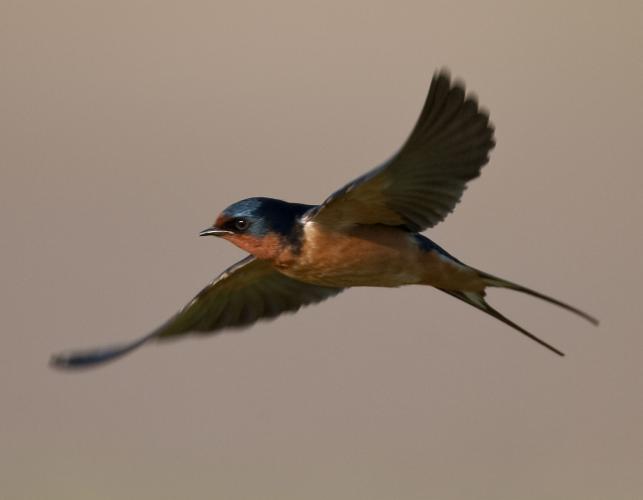
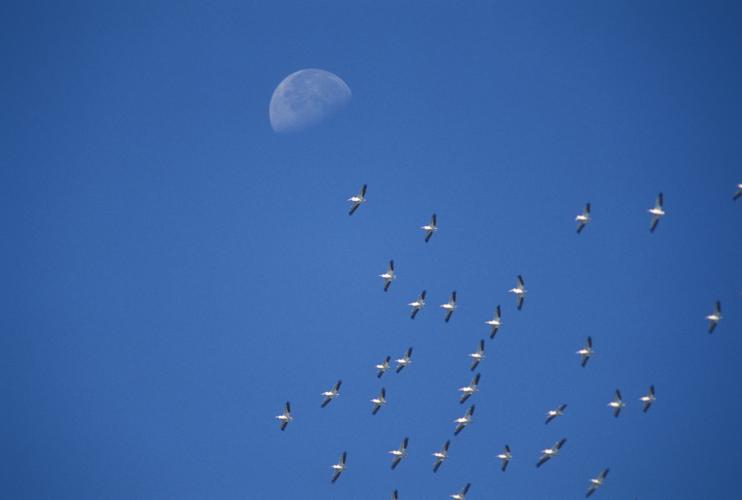
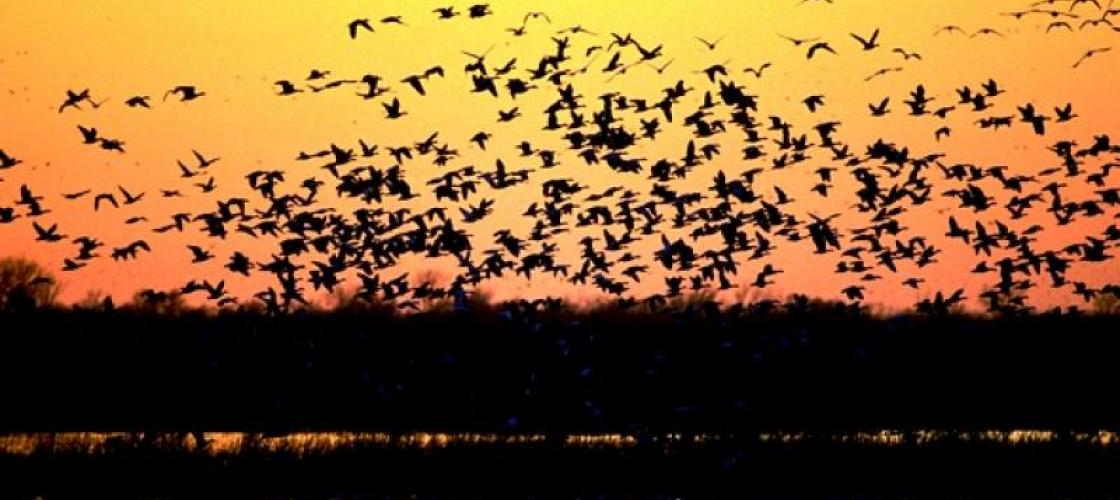
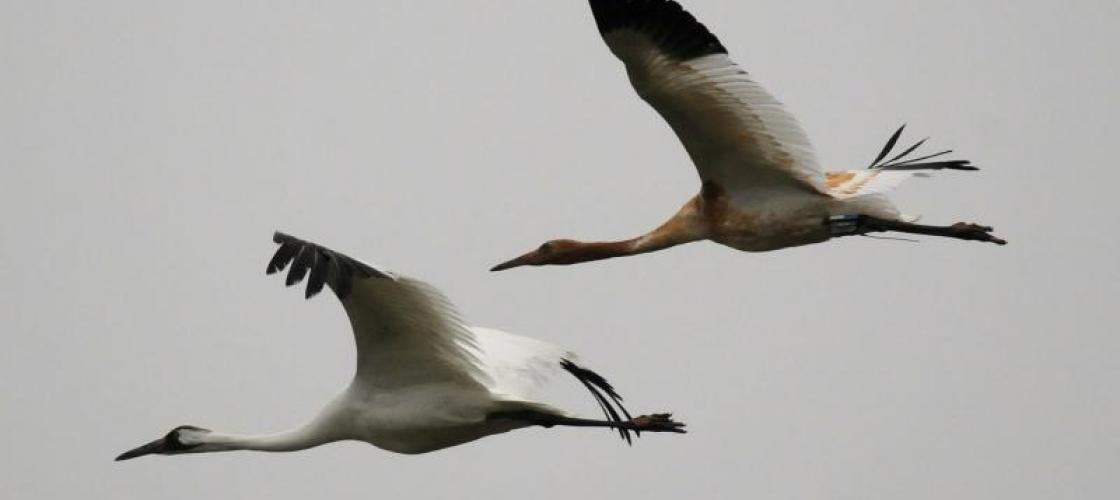
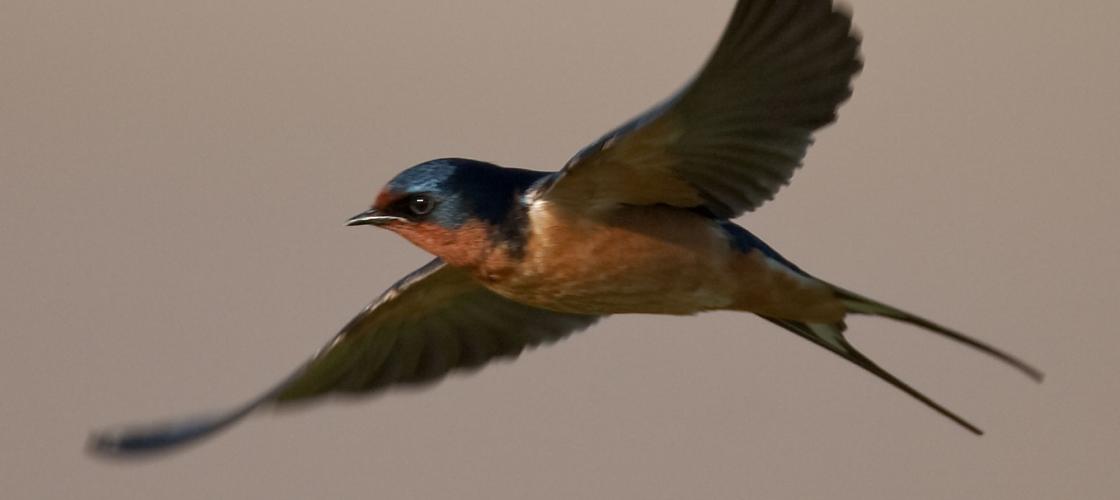
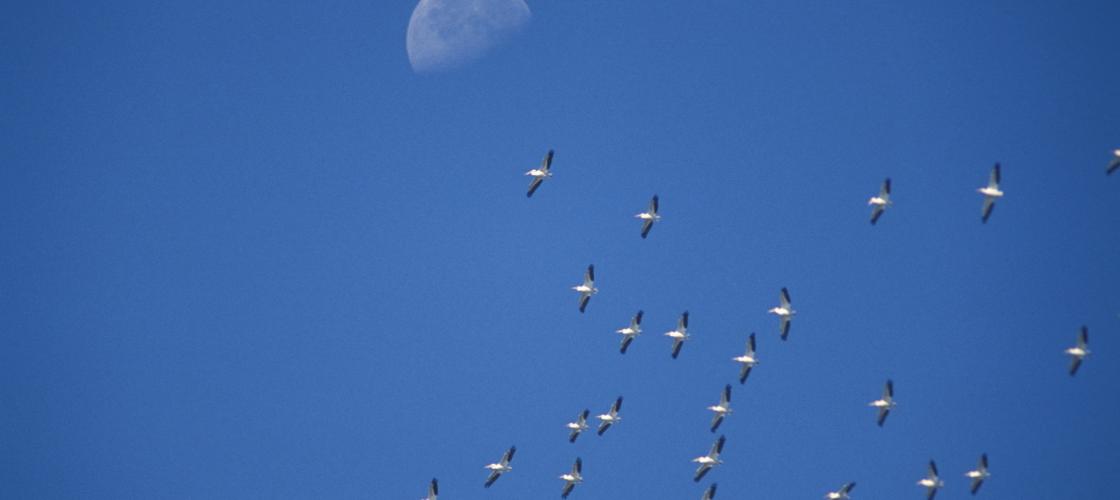
Recent Posts
























